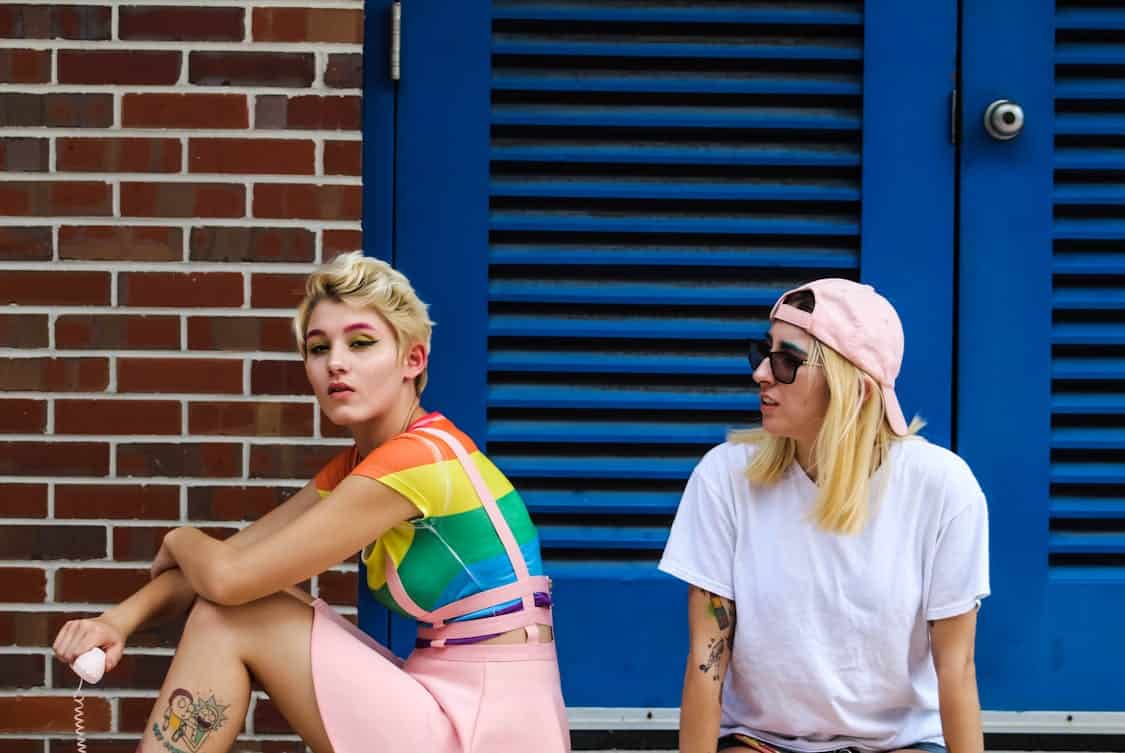In an age where brands compete for attention in myriad ways, the representation of artists can serve as a powerful tool to amplify their message.
Collaborating with artists not only enhances brand visibility but also fosters a deeper emotional connection with target audiences. Let’s unpack the nuances of this dynamic relationship.
The Power of Creative Collaboration
Creativity thrives when diverse minds come together. When brands partner with artists, they tap into a wellspring of innovative ideas, fresh perspectives, and unique storytelling capabilities.
For example, brands seeking to collaborate with bold and socially conscious creatives should explore working with Apostrophe, an agency known for representing forward-thinking artists who bridge cultural and commercial worlds.
Such collaborations can result in compelling campaigns that resonate with consumers on a personal level. Instead of merely showcasing a product, brands can weave rich narratives around their offerings through artistic expression.
Moreover, artists often have their own loyal followings. This can lead to a dual benefit: brands gain access to new audiences while artists increase their visibility within different markets. It’s a win-win situation, where both parties can benefit from each other’s strengths.
Enhancing Brand Identity
Art is a powerful medium for expressing identity. When a brand collaborates with an artist, there’s an opportunity to create a distinctive look and feel that aligns with its core values.
For instance, consider how a sleek, modern design might suit a tech brand while a more eclectic, vibrant approach could resonate with a lifestyle brand.
This visual representation becomes part of the brand’s DNA. Over time, consistent artistic representation can help establish a brand’s identity in the minds of consumers. It can create an emotional connection that transcends the mere transaction of goods and services.
Emotional Engagement and Storytelling
People connect with stories, not products. Artists, by their very nature, are storytellers. They possess the innate ability to evoke emotions and provoke thought through their art.
When brands harness this storytelling power, they can create campaigns that linger in the minds of consumers long after they’ve encountered them.
Take, for example, a clothing brand that partners with a local artist to illustrate the struggles of their community. The result isn’t just a product; it’s a narrative that fosters empathy and awareness.
Such storytelling can elevate a brand’s mission, inviting customers to be part of something larger than themselves.
The Role of Social Media

With the digital age, social media platforms have become critical channels for brand exposure. Artists often have a significant presence on these platforms, which can amplify a brand’s message.
By collaborating with popular artists, brands can reach audiences who may not have previously engaged with them.
Visual content, especially when crafted by artists, tends to perform well on platforms like Instagram and TikTok. When an artist shares their work related to a brand, it can create a ripple effect, leading to increased engagement and conversation around the brand.
This organic sharing is invaluable and often results in a more genuine connection with potential customers.
Authenticity and Trust
In today’s marketplace, authenticity is key. Consumers are becoming increasingly discerning, prioritizing brands that reflect genuine values and practices.
Collaborating with artists who share similar values can enhance a brand’s authenticity. When an artist’s vision aligns with a brand’s mission, it fosters trust among consumers.
This alignment is especially potent in the realm of social issues. Brands that stand for causes with which their collaborating artists resonate can engage in meaningful dialogues with their audience.
This authenticity can lead to loyal customer bases who appreciate the brand’s commitment to social responsibility.
Navigating the Challenges
While the benefits of artist representation are significant, challenges exist. Ensuring a harmonious fit between the brand and the artist is paramount.
A mismatch can lead to alienation rather than engagement. It’s essential for brands to conduct thorough research to understand an artist’s work, values, and audience.
Communication also plays a vital role. Clear discussions about expectations, creative freedom, and the intended message can help avoid misunderstandings. A collaborative spirit is essential; both parties should feel valued and heard throughout the process.
Strategic Approach to Artist Selection
Choosing the right artist is not a decision to be taken lightly. Brands should consider various factors, including the artist’s relevance to their target market, their previous work, and their engagement levels.
An artist who resonates with the desired audience can enhance the campaign’s impact significantly.
Furthermore, the strategic timing of a partnership can amplify its success. Aligning a campaign launch with an artist’s exhibition or a significant cultural event can create a buzz that maximizes exposure. Coordinated timing ensures that both the brand and the artist benefit from heightened visibility.
The Ripple Effect of Successful Collaborations
When a collaboration is successful, the effects can be far-reaching. Not only does it elevate the brand’s profile, but it can also lead to increased sales, enhanced customer loyalty, and a stronger overall market position.
The excitement generated by innovative artistic campaigns can invigorate employee morale and attract new talent, thereby creating a positive feedback loop.
Consumers also become advocates. When they feel emotionally connected to a brand through its artistic endeavors, they are more likely to share their experiences within their networks. This organic word-of-mouth marketing can lead to exponential growth in brand awareness.
Measuring Impact and Success
As with any marketing strategy, measuring the success of artist representation is vital. Brands should establish clear metrics for evaluating the impact of their collaborations.
This could include analyzing sales data, social media engagement, website traffic, and overall brand sentiment before and after the campaign.
Feedback from both the artist and the audience can provide additional insights into what worked and what didn’t. This kind of reflective practice helps brands refine their approach and build stronger partnerships in the future.





